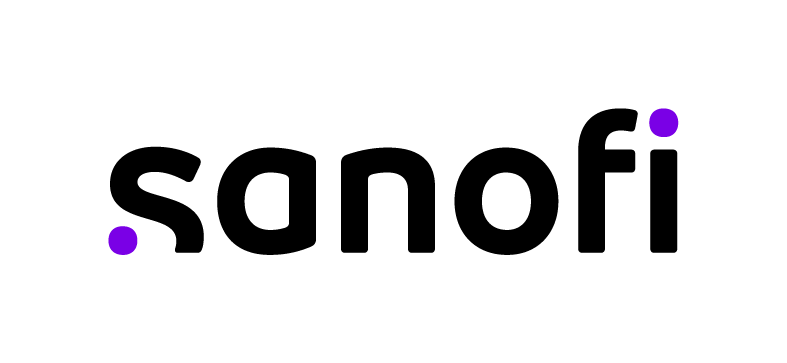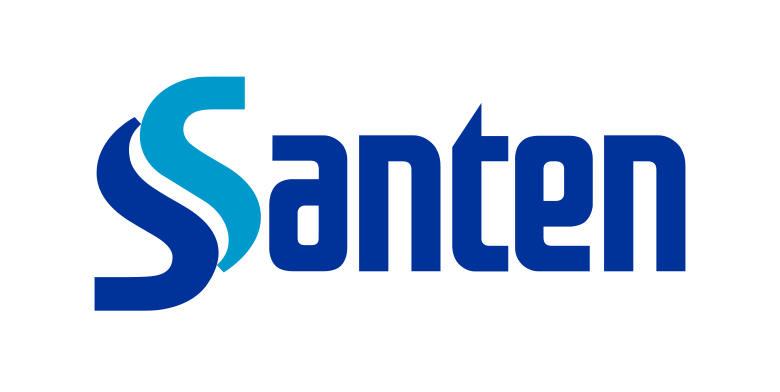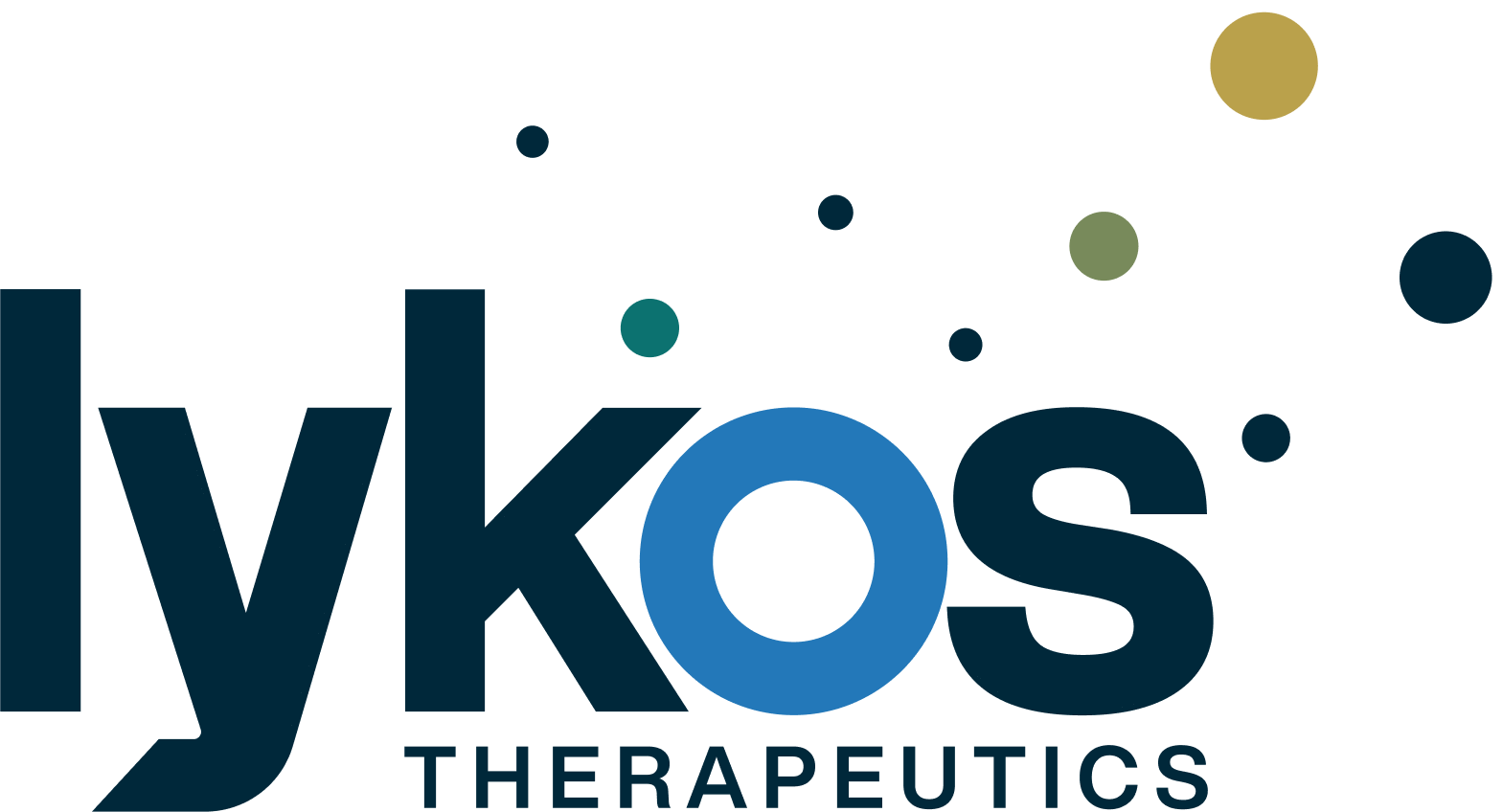By: Deborah Fowler and Karen Carolonza, Managing Partners, Green Room Communications
 As 2020 comes to an end (finally!), we find ourselves reflecting on a year that will forever be synonymous with a pandemic that upended lives in every corner of the world. Staying positive remains a struggle as humanity continues to navigate COVID uncertainties. We have been collectively grieving—our old “taken-for-granted” routines, face-to-face connections, embraces, in-person schools and businesses, and for many, loved ones taken by this complex disease.
As 2020 comes to an end (finally!), we find ourselves reflecting on a year that will forever be synonymous with a pandemic that upended lives in every corner of the world. Staying positive remains a struggle as humanity continues to navigate COVID uncertainties. We have been collectively grieving—our old “taken-for-granted” routines, face-to-face connections, embraces, in-person schools and businesses, and for many, loved ones taken by this complex disease.
If we learned anything from this challenging year, it’s that beauty and growth can be found in the darkness. For the two of us, as women, mothers and leaders of Green Room, this took form in the practice of gratitude for others and ourselves.
As research shows, the practice of expressing gratitude can benefit your well-being, reduce stress, boost happiness and increase positivity in relationships, and is associated with better sleep, mental resilience and physical health. Anyone working in public relations knows these are all critical for success!
When things erupted in the U.S. last March, the Green Room leadership team quickly paused to carefully determine how to keep our employees safe while also allowing our business to thrive. Our nimble, flexible business model gave us a huge head start. Green Room already operated under a “work from anywhere” mantra, so we were able to seamlessly flex into all-remote operations. This avoided workflow disruption and allowed our team to keep activity in motion, which was especially important for our healthcare clients on the frontlines of COVID-19 vaccine and therapeutic efforts.
While remaining client-focused, we also prioritized self-care. As they say, you have to put your oxygen mask on first so you can better assist others. Our Green Room team members have always been caring and supportive of one another (and our clients), and this year each of us elevated that compassion in new ways. We launched round-robin virtual coffee chat sessions to create a space during the workday for 1:1 relationship building across the company. We held biweekly meditation sessions on Fridays via Zoom and created a Slack channel for sharing positive news and little slices of gratitude daily. We came together not only for virtual town halls and brainstorms, but for fun team-building events like happy hours, trivia nights and escape room competitions.
With our own masks tightly fastened, literally and figuratively, we also stayed nimble. With each passing month, we leaned into what our team needed – from flexible schedules, tech support and ideation of more effective ways to share strategic thinking. Through it all, we found our way.
We are grateful for our smart, kind and compassionate Green Room team (including colleagues, consultants and clients) who adapted positively to the “new normal” during such an abnormal time in our lives, even when it seemed like everything around us was in utter chaos. We are grateful that our team continues to get bigger. We are grateful for our clients who stayed the course and continued to put patients first and who treated us as true partners, allowing us to help uncover solutions in new territories.
In a year of loss, change and grief, we found silver linings while practicing gratitude. For that, we will be forever thankful. Here’s to a happy and rejuvenating holiday season, and a healthy 2021!
Deb and Karen

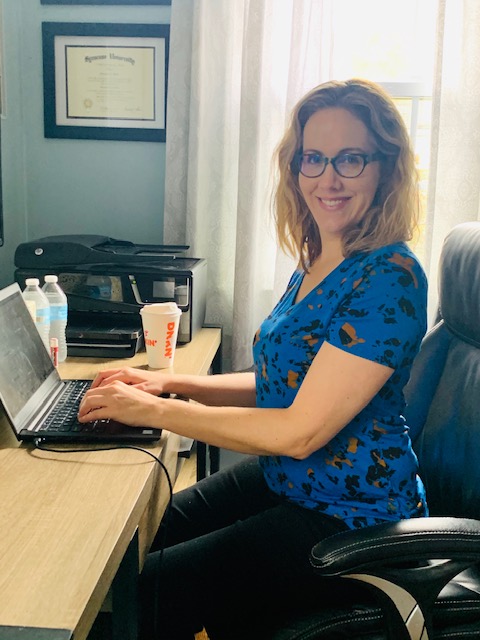 How long have you worked fully remote? About nine years now—five with Green Room. I’ve worked with NJ- and NYC-based agencies from Connecticut, Toronto and now Maryland in full-time, part-time and consulting roles. I have run the gamut! Green Room’s model empowers me to keep growing my career despite not living in New Jersey where our physical office space is located.
How long have you worked fully remote? About nine years now—five with Green Room. I’ve worked with NJ- and NYC-based agencies from Connecticut, Toronto and now Maryland in full-time, part-time and consulting roles. I have run the gamut! Green Room’s model empowers me to keep growing my career despite not living in New Jersey where our physical office space is located. The tone one takes at a time of crisis is critical, and with the now-instantaneous news cycle that tone needs to be agile. For corporate leaders, there is a time to listen and a time to get involved in conversations – and it is a fine art to know when to act.
The tone one takes at a time of crisis is critical, and with the now-instantaneous news cycle that tone needs to be agile. For corporate leaders, there is a time to listen and a time to get involved in conversations – and it is a fine art to know when to act. WASHINGTON, D.C., February 5, 2019 —
WASHINGTON, D.C., February 5, 2019 — “We are excited to welcome Karen Carolonza to our
“We are excited to welcome Karen Carolonza to our  As a former TV journalist, open space is like going home. Newsrooms have embraced the open space model for decades, and as Green Room officially moves into our new office space, we join newsrooms, as well as trendsetters like Google and Facebook, with an open space floor plan.
As a former TV journalist, open space is like going home. Newsrooms have embraced the open space model for decades, and as Green Room officially moves into our new office space, we join newsrooms, as well as trendsetters like Google and Facebook, with an open space floor plan. In the newsroom environment, open office space cultivates camaraderie and teamwork among colleagues simply because constant exchange is welcome and encouraged. Everyone shares, contributes and gives input. People get first-hand and frequent exposure to different work styles and how colleagues approach tasks. Problem solving can be more efficient when it’s informal, and people just work better together when physical barriers are removed. There’s a greater sense of community and less hierarchy.
In the newsroom environment, open office space cultivates camaraderie and teamwork among colleagues simply because constant exchange is welcome and encouraged. Everyone shares, contributes and gives input. People get first-hand and frequent exposure to different work styles and how colleagues approach tasks. Problem solving can be more efficient when it’s informal, and people just work better together when physical barriers are removed. There’s a greater sense of community and less hierarchy.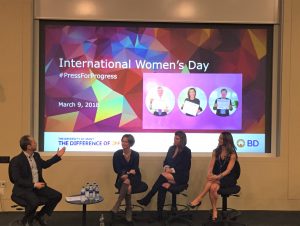 As siblings, trust me, we had our rivalries, but today the focus was on what we have in common. Despite the different industries in which we work and started our own businesses, we each saw unique opportunities. In short, we found gaps where we knew we could make things better. Our common thread? Find ways for women to achieve better work-life integration. Discovering these gaps that aligned with our morals and values as women and people united our passion with a purpose, igniting a new energy to pioneer change.
As siblings, trust me, we had our rivalries, but today the focus was on what we have in common. Despite the different industries in which we work and started our own businesses, we each saw unique opportunities. In short, we found gaps where we knew we could make things better. Our common thread? Find ways for women to achieve better work-life integration. Discovering these gaps that aligned with our morals and values as women and people united our passion with a purpose, igniting a new energy to pioneer change.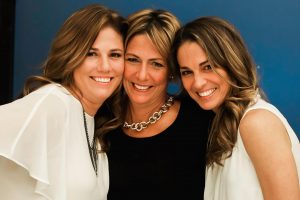 Knowing how important family support was in my journey led me to focus on my own family in my career. That means, finding ways to integrate my personal life with my work. By this, I don’t mean work-life balance, it’s about integrating the two. In some cases that meant taking business risks to realize an opportunity. This was at times daunting, but with the right intentions in place and by tying the risks to a greater purpose, the benefits always outweighed the risks.
Knowing how important family support was in my journey led me to focus on my own family in my career. That means, finding ways to integrate my personal life with my work. By this, I don’t mean work-life balance, it’s about integrating the two. In some cases that meant taking business risks to realize an opportunity. This was at times daunting, but with the right intentions in place and by tying the risks to a greater purpose, the benefits always outweighed the risks. Whether we are filling the gaps in understanding and communicating to new and evolving audiences or becoming a WBENC-Certified Women’s Business Enterprise, we are uniting the needs of the business with the passion of doing what is right. With this mindset, Deborah and I have received multiple awards as leading entrepreneurs and women in business throughout the state and country.
Whether we are filling the gaps in understanding and communicating to new and evolving audiences or becoming a WBENC-Certified Women’s Business Enterprise, we are uniting the needs of the business with the passion of doing what is right. With this mindset, Deborah and I have received multiple awards as leading entrepreneurs and women in business throughout the state and country. By Deborah Fowler, Managing Partner, Green Room Communications
By Deborah Fowler, Managing Partner, Green Room Communications





